11 wins building momentum for nuclear energy in the U.S.
December 30, 20222022 was a year of mega milestones for nuclear energy.
From the historic signing of the Inflation Reduction Act (IRA) to loading fuel in the nation’s next new reactor, momentum is definitely building for our largest source of clean power.
Here are 11 BIG wins for nuclear energy that are setting the stage for what is shaping up to be another fruitful year in 2023.
1. Historic Climate Legislation
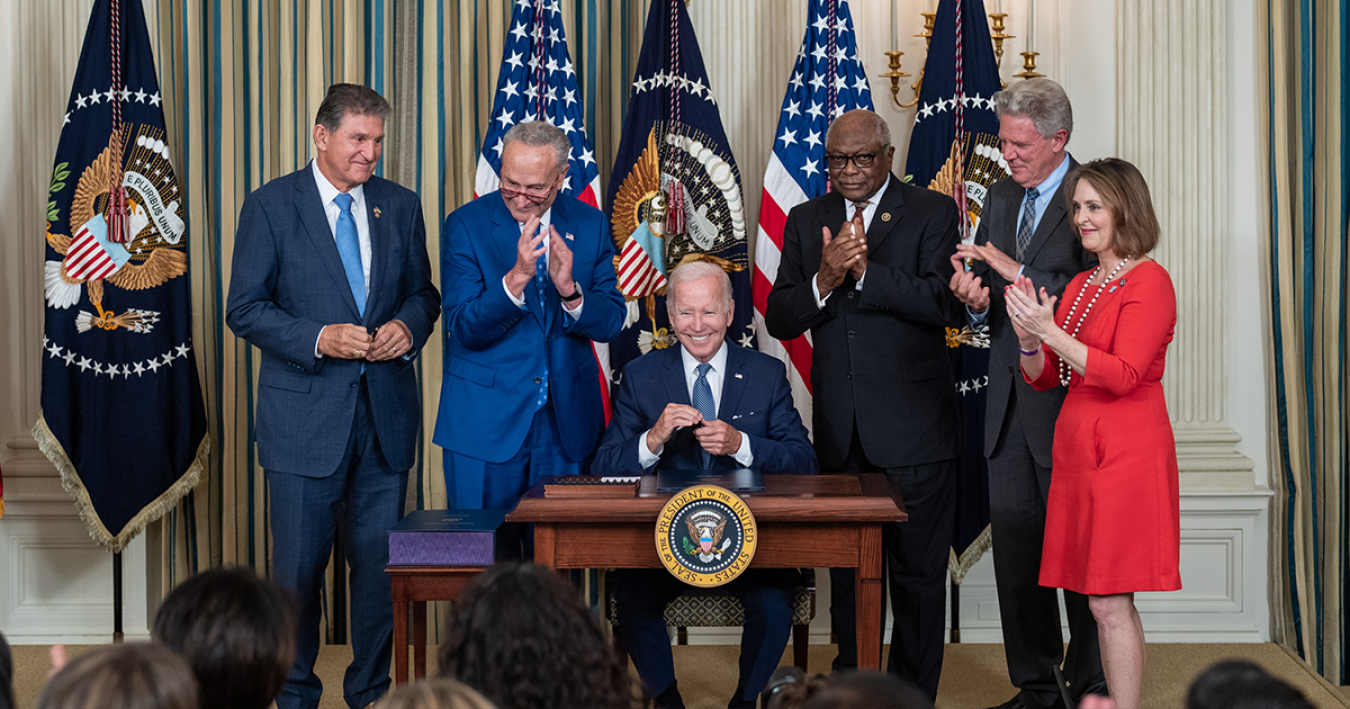
Over the summer, President Joe Biden signed the Inflation Reduction Act into law. IRA is the most significant piece of climate legislation in U.S. history and includes multiple tax incentives for the U.S. nuclear industry. The most notable is a $15 per megawatt-hour production tax credit that will keep the existing fleet competitive with other power generators.
The budget also allocated $700 million to help build a domestic supply chain for high-assay low-enriched uranium (HALEU) required by most advanced U.S. reactor designs and $150 million to improve nuclear research and development infrastructure at Idaho National Laboratory (INL).
2. Diablo Canyon Power Plant Extends Operation
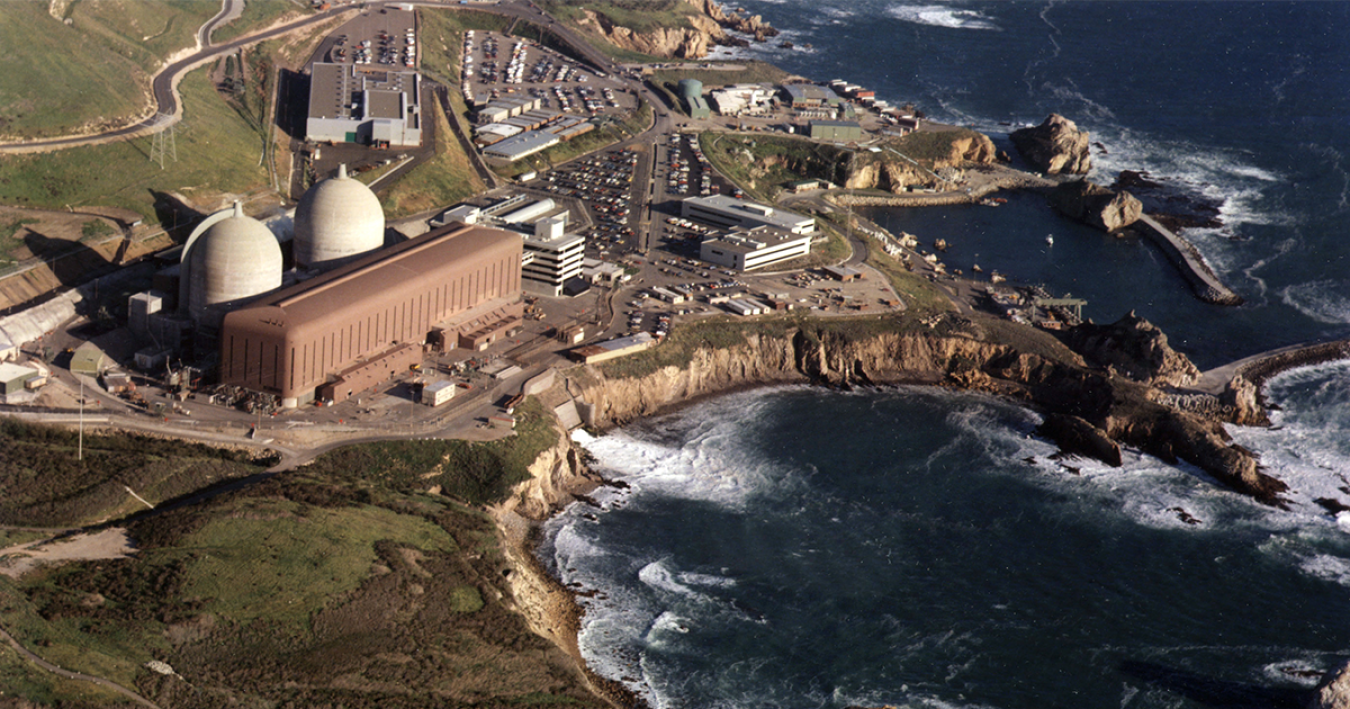
Pacific Gas and Electric Company received a $1.1 billion conditional award of credits from the U.S. Department of Energy’s Civil Nuclear Credit (CNC) Program to help extend operations at Diablo Canyon. California’s only operating power plant was scheduled to be decommissioned in 2024 and 2025. Thanks to recent state legislation and the conditional CNC credits funded through the Bipartisan Infrastructure Law, this vital energy source is on track to continue providing carbon-free electricity in the Golden State an additional five years while maintaining hundreds of jobs.
3. Fuel Loading at Plant Vogtle
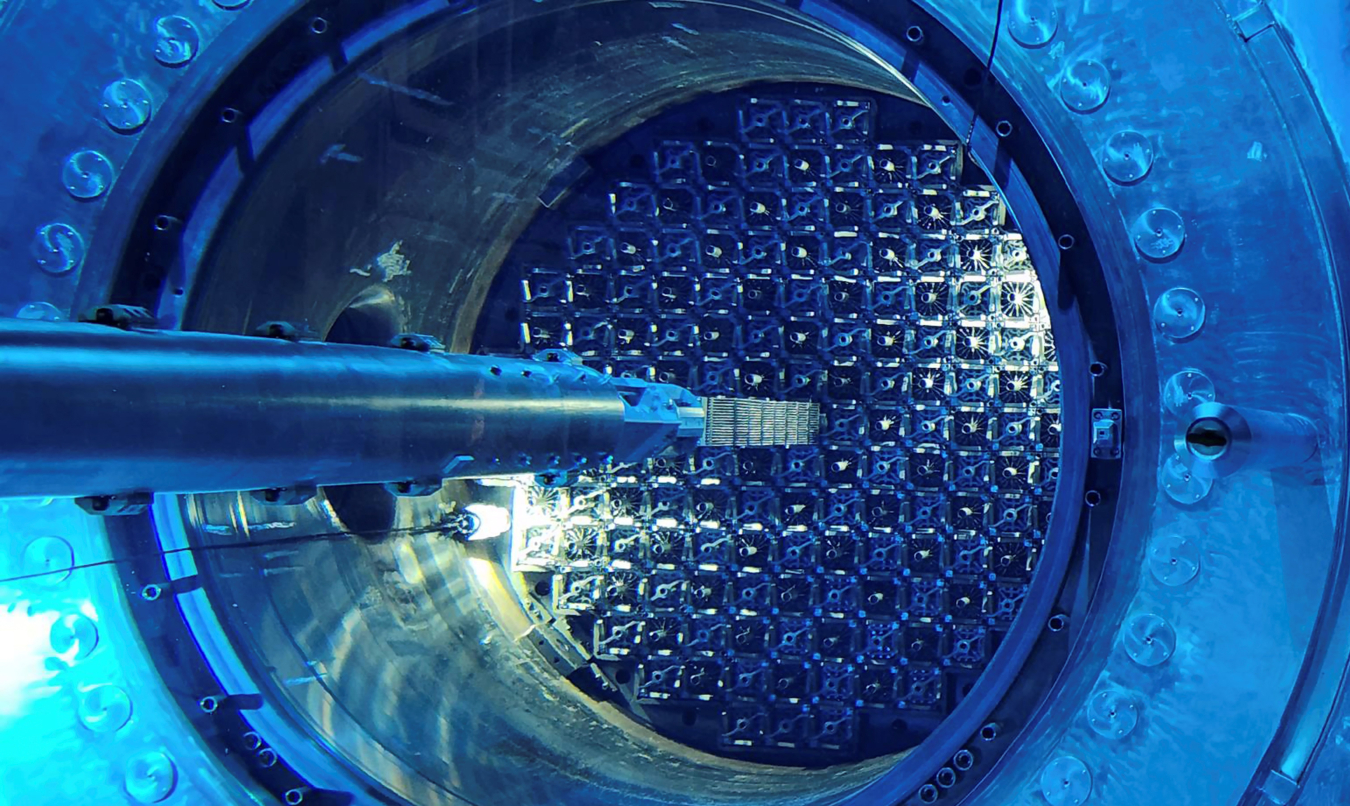
Fuel loading is complete at the Unit 3 reactor core at Plant Vogtle in Georgia. Technicians loaded 157 fuel assemblies into the core back in October and are currently progressing through a series of start-up tests. Unit 3 is projected to enter service in the first quarter of 2023 with Unit 4 starting up later next year. Once operating, the two units will become the largest single generator of clean power in the U.S.—providing reliable power to more than 1 million Georgia homes and businesses.
4. Deploying SMRs
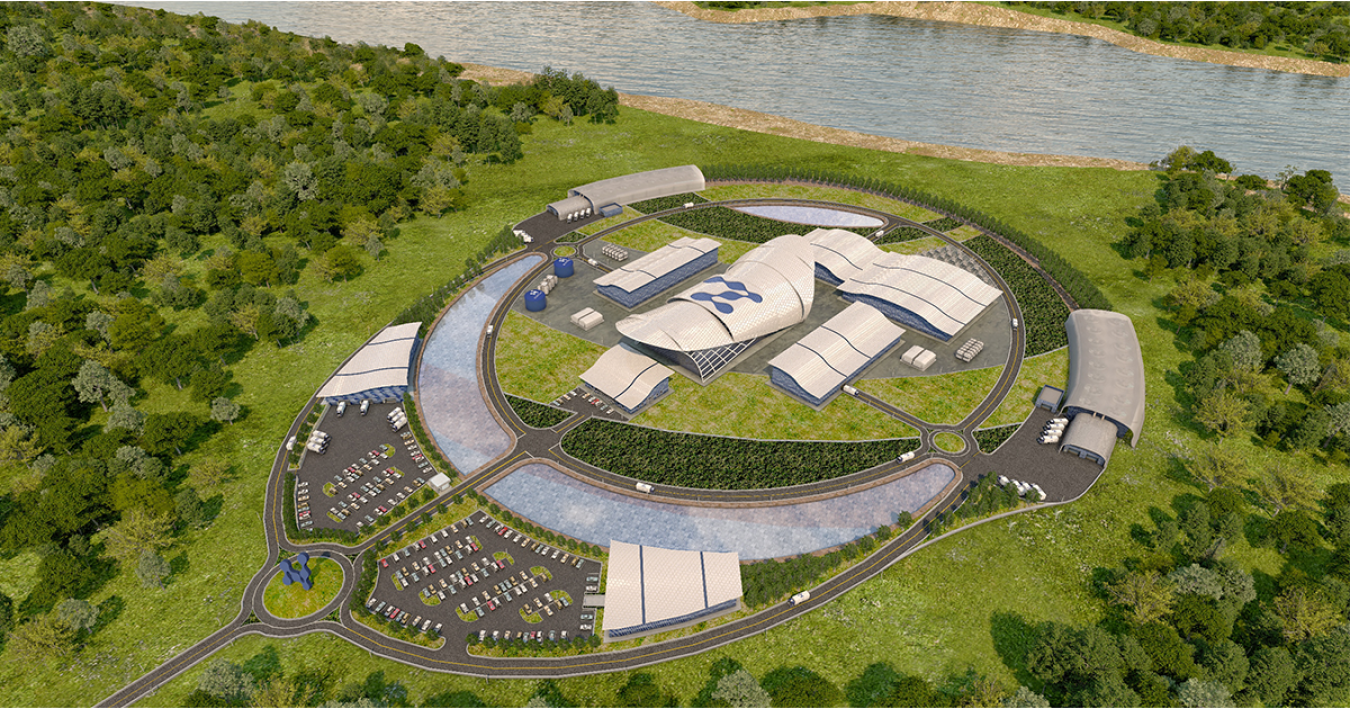
Several advanced reactor companies made significant strides toward deploying their small modular reactors (SMRs) in the United States.
The U.S. Nuclear Regulatory Commission (NRC) announced its intent to issue a final rule to certify NuScale Power’s SMR. Once published, companies can soon start referencing the SMR design in their combined licensing applications.
Tennessee Valley Authority announced an agreement with GE-Hitachi over the summer to support planning and preliminary licensing efforts for the potential deployment of a BWRX-300 SMR at the Clinch River site. The site currently holds the nation’s only early-site permit from the NRC for SMRs.
Other big announcements included Dow and X-energy agreeing to deploy an Xe-100 SMR at one of Dow’s U.S. Gulf Coast sites by 2030 as well as TerraPower and PacifiCorp exploring the possibility of building five additional Natrium reactors in the PacifiCorp service area by 2035.
5. Coal to Nuclear Transitions
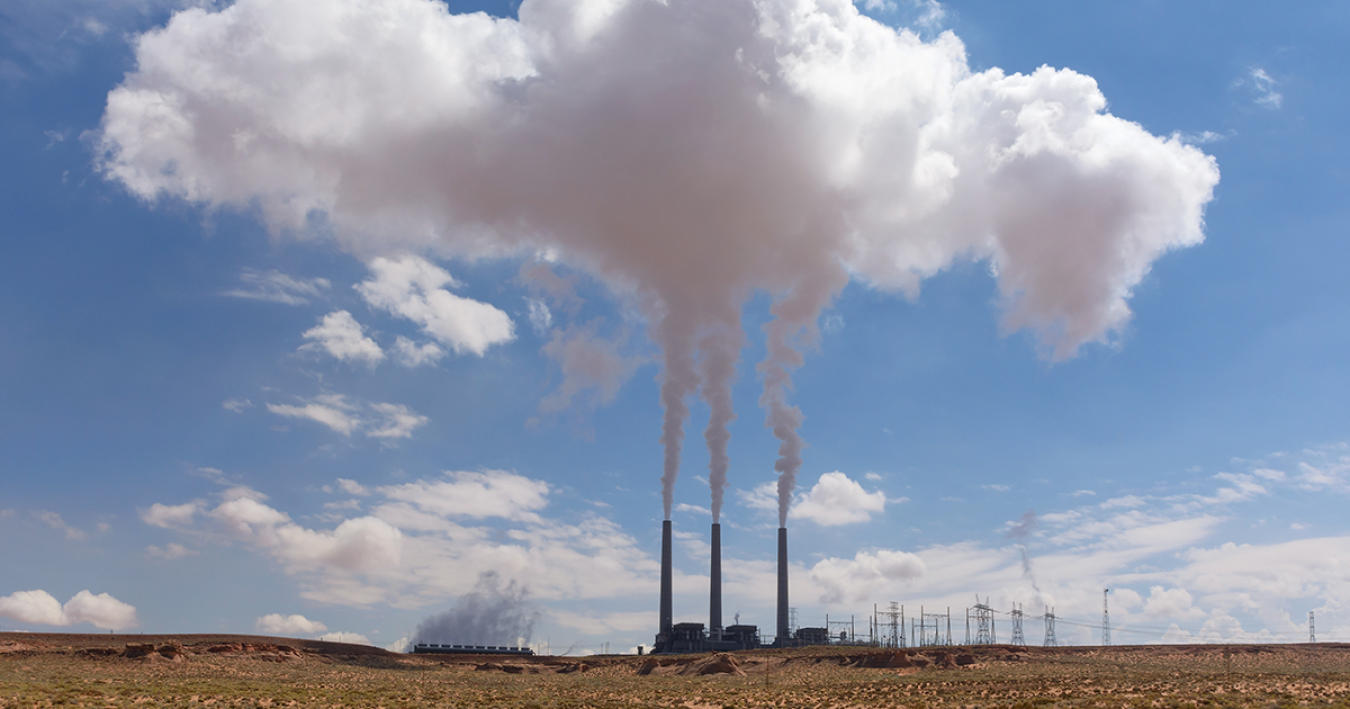
The U.S. Department of Energy released a major study in September that found 80% of the nation’s coal power plant sites evaluated could be converted to nuclear power plants. This coal-to-nuclear transition could increase U.S. nuclear capacity to more than 250 gigawatts. According to the report, reusing coal infrastructure for advanced reactor power plants could save around 15-35% in construction costs and add more than 650 permanent jobs in the region using the NuScale design as an example in the case study. Nuclear power plant projects could also benefit from preserving the existing workforce in communities around retiring coal plant sites since many of them possess the necessary skills and knowledge needed to transition to the nuclear energy workforce.
6. Fueling Future Reactors
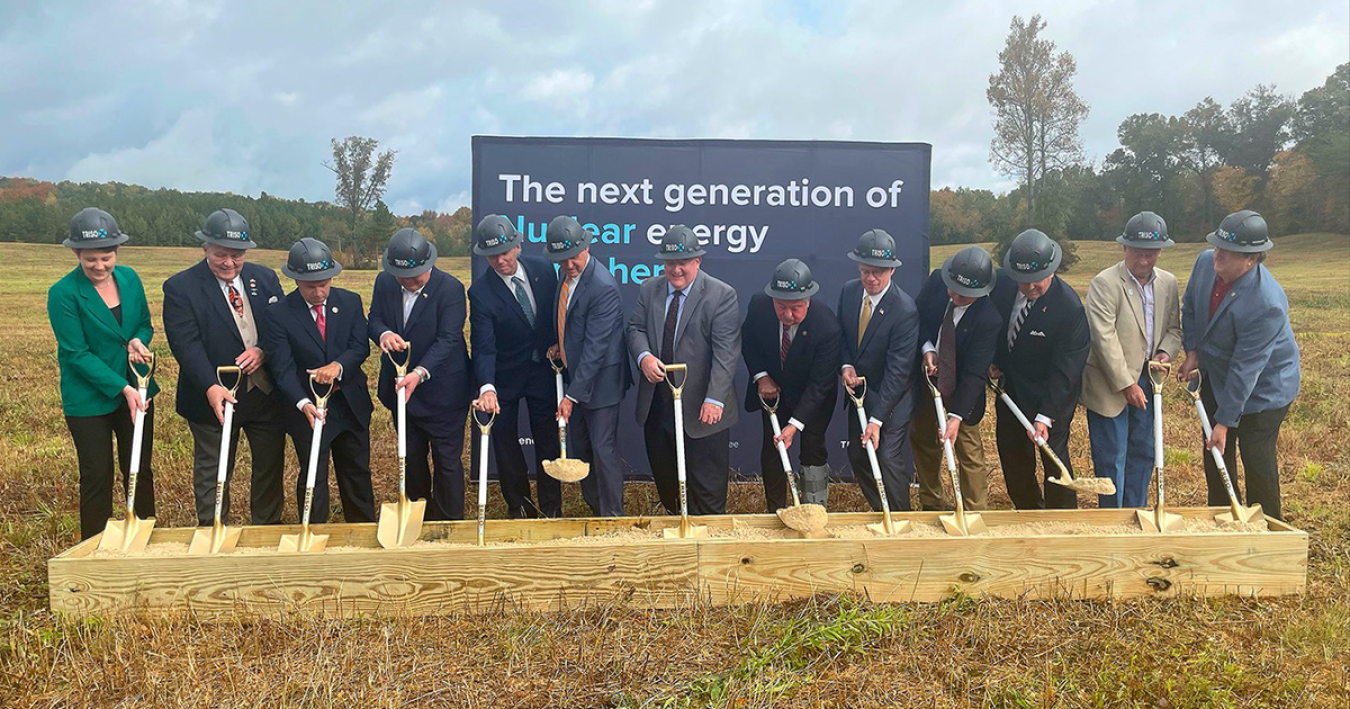
Several companies announced plans to help fuel the nation's next wave of reactors.
X-energy broke ground on its TRISO-X fuel fabrication facility in Tennessee, which will be the nation’s first commercial-scale facility dedicated to fueling HALEU-based reactors. TerraPower and GE’s Global Nuclear Fuel also started efforts to build a fast reactor fuel facility in Wilmington, North Carolina, to support the Natrium reactor demonstration.
Other notable fuel developments included a ribbon-cutting of Ultra Safe Nuclear Corporation’s pilot fuel manufacturing facility in Oak Ridge, Tennessee, and BWX Technologies’ recent production of TRISO particles to help fuel Pele, a Department of Defense microreactor.
DOE also awarded $150 million to Centrus Operating Corporation to demonstrate the nation’s ability to produce HALEU using an enrichment cascade in Piketon, Ohio. The demonstration is expected to produce 20 kilograms of HALEU material by the end of 2023 and 900 kilograms per year afterwards.
7. National Lab Breakthroughs
In February, machinists at Idaho National Laboratory successfully built a full-scale prototype to support DOE’s (MARVEL) project. The prototype is one of the largest components ever machined at the lab and will be used to help validate the project’s final microreactor design that could be operational within two years. Months later, researchers also performed their first digital twin test for a simulated microreactor at the lab. The successful demonstration will help advance remote monitoring, autonomous control, and predictive capabilities that can help lower operating costs of microreactor technologies and enhance their safety.
8. The World’s Largest Chloride Salt System is Built
Southern Company Services and TerraPower recently built and installed a new test facility in Washington. The Integrated Effects Test (IET) is the largest chloride salt system in the world for nuclear energy and will be used to develop the team’s molten chloride fast reactor technology. The IET also supports the Molten Chloride Reactor Experiment (MCRE) at INL, which will be the world’s first fast-spectrum salt reactor. MCRE is being funded through DOE’s Advanced Reactor Demonstration Program and will help inform the design, licensing, and operation of the Molten Chloride Fast Reactor demonstration.
9. Argonne Adds New Testing Capability
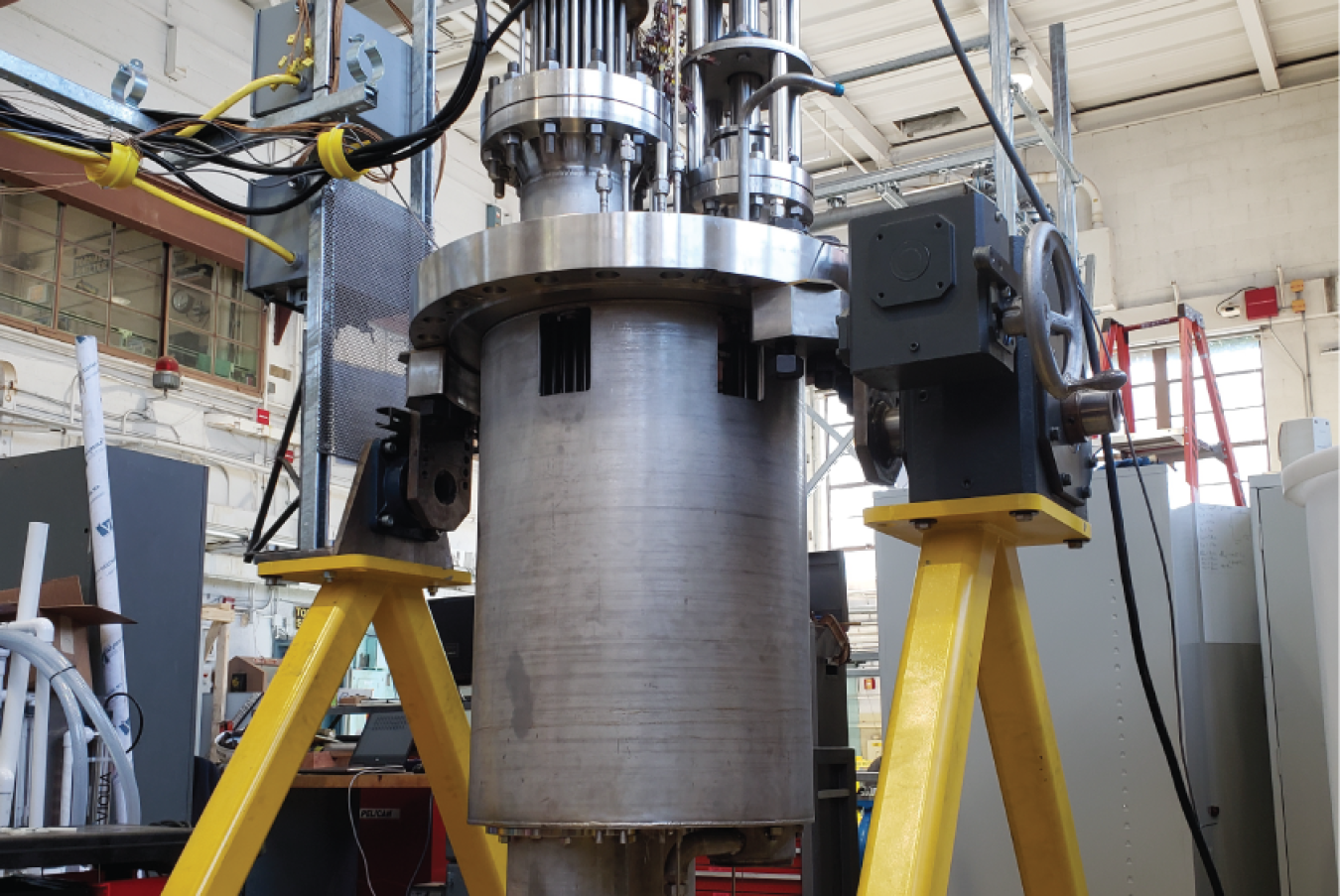
Argonne National Laboratory added a new capability to support the testing of liquid metal fast reactor components. The Thermal Hydraulic Experimental Test Article (THETA) was recently installed at the lab’s METL facility to provide high-resolution and high-quality data that can be used to develop computer codes to support the licensing of liquid-metal fast reactor designs. THETA is currently running its first test with Oklo Inc. to better understand the behavior of its fast reactor designs.
10. International Breakthroughs
Two big international agreements unfolded this fall during the IAEA Nuclear Power Ministerial, which was hosted by DOE in Washington, D.C.
Poland and the U.S. announced a strategic partnership to launch the European country’s civil nuclear program. Under the program, Poland’s first nuclear reactors will be developed using U.S. technology. The U.S., France, and Canada also announced plans to increase nuclear capacity in Romania—helping to boost clean energy production and energy security throughout the region.
11. DOE Elevates Support for University Research in Nuclear Energy

Finally, in June, DOE established a new Distinguished Early-Career Program to enable the best early career faculty in nuclear energy to conduct innovative research in support of Office of Nuclear Energy missions. Five early-career faculty received funding in 2022 to support research endeavors ranging from robot-assisted online monitoring systems to physics-informed machine learning technologies at their respective universities. A second round of selections are expected to be announced in 2023.
What About Fusion?
Finally, while the Office of Nuclear Energy works on accelerating fission technologies, it is hard to ignore the major scientific breakthrough made by the National Nuclear Security Administration and Lawrence Livermore National Laboratory (LLNL) to achieve the world’s first fusion ignition and fusion ignition threshold. LLNL’s experiment surpassed the fusion threshold on December 5 by delivering 2.05 megajoules (MJ) of energy to its target, resulting in 3.15 MJ of fusion energy output—demonstrating for the first time a fundamental science basis for inertial fusion energy.
It was kind of a big deal ...

